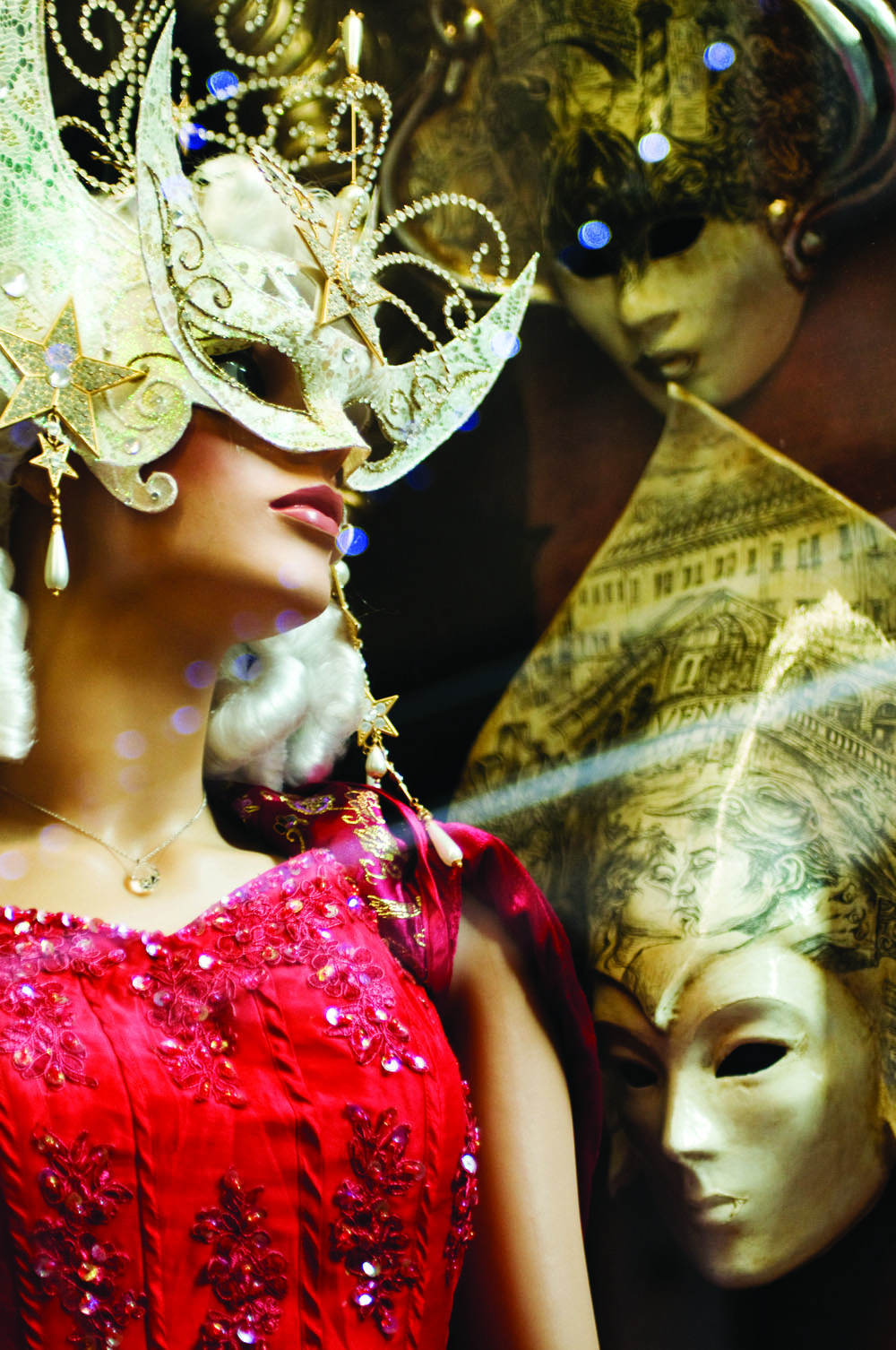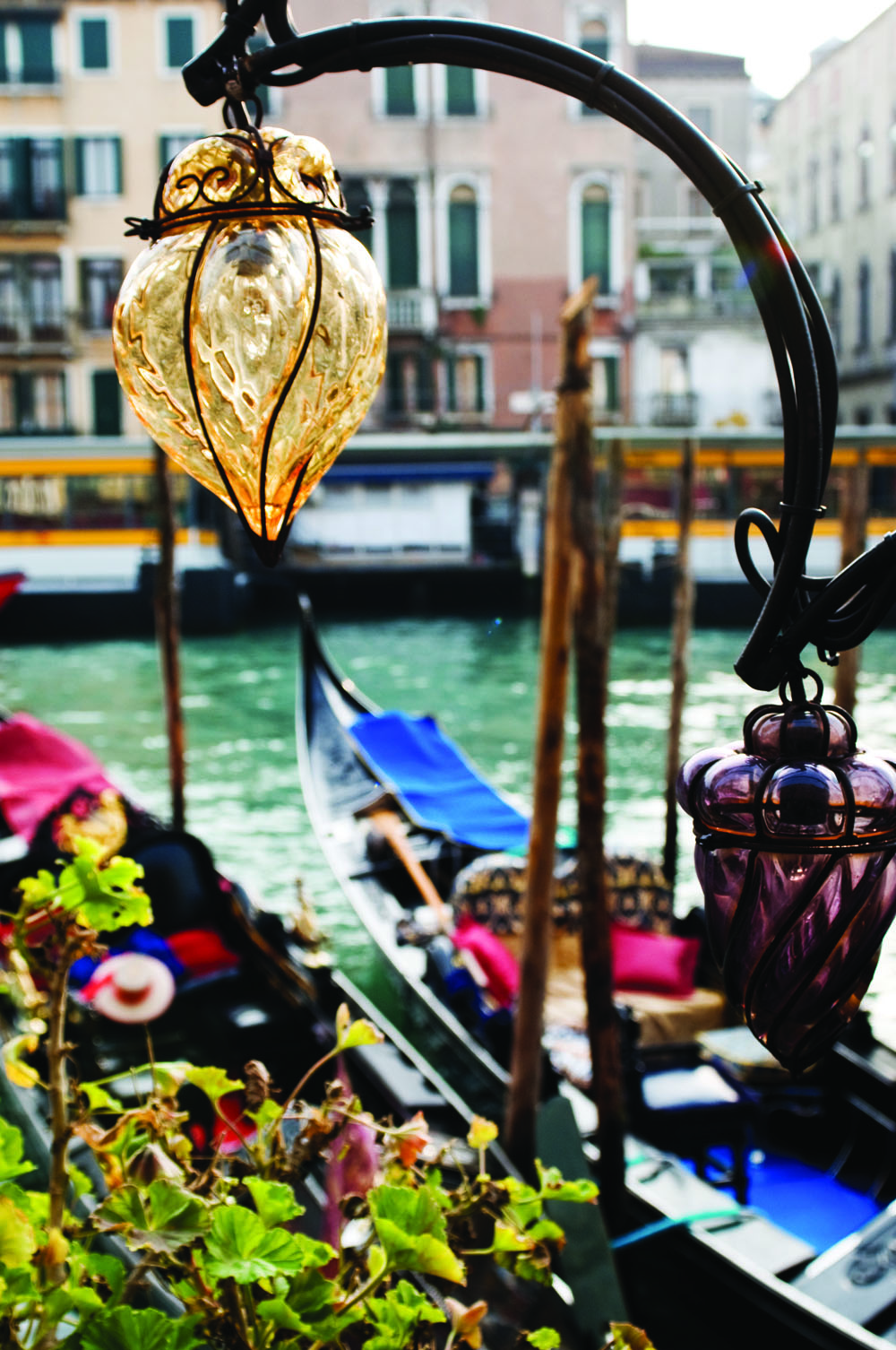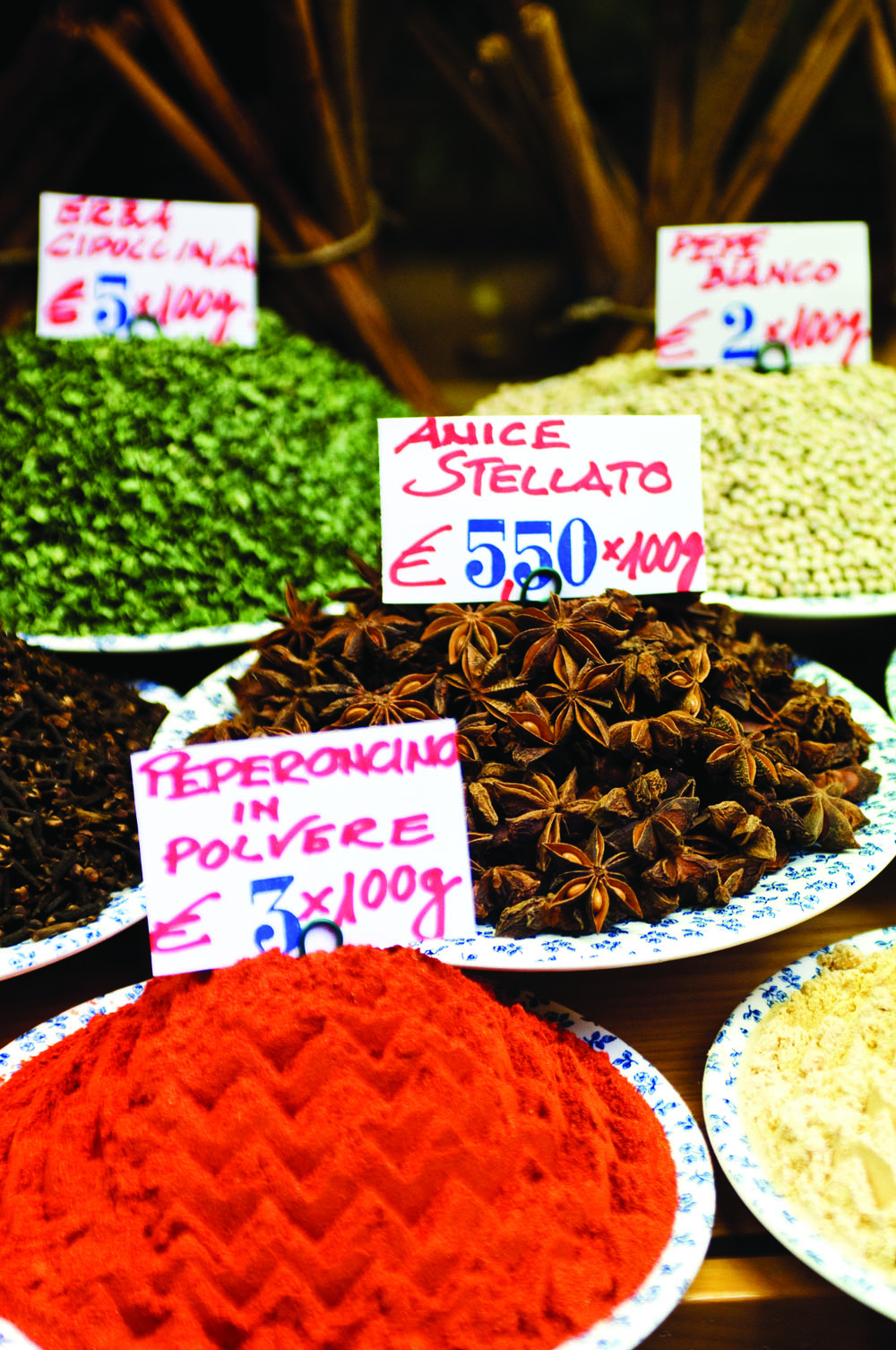
Follow regular contributor Marina Spironetti as she heads off to the Lagoon and discovers the authentic pleasures of Italy’s most fairy-tale city with 48 Hours In Venice…
We all seem to have some idea of Venice in our mind even before visiting. Once you arrive, you are able to find what you thought would be there – the streets are indeed full of water and the gondolas float elegantly along the canals. She is little changed from the times when Goethe called her “the market-place of the Morning and the Evening lands” and, should Marco Polo come back from his journeys today, he would be surprised only by the motor boats and a few other signs of modernity.
Still, it can sometimes seem as if the place exists only for tourists, offering very little of that “authenticity” that can be sampled in other Italian cities. When one is pushed bemused into gondolas and launched directly into the Grand Canal together with thousands of other visitors, one almost feels like the unaware figurant of an enormous theatre performance. Still, the real city is there, beneath the surface, and it’s well worth seeking out.
A QUESTION OF PERSPECTIVES

First of all, make sure you choose wisely when to go. Most people show up either during Carnival or in the summer, but Venice is one of those places that is best to be discovered in winter. It has fewer tourists and that melancholic atmosphere that has enchanted poets and artists. It is a seasonal city, and in the coldest months she lays bare, without her make-up on.
The most evocative way to get into the city is by train: when the uninspiring flatland of the Pianura Padana suddenly gives way to water, you know you are in for something absolutely unique. Water on both sides; water everywhere. You are crossing the bridge that links Venice to the mainland – 3,000 yards long and supported upon 222 arches. Once you arrive at Santa Lucia station, you must proceed by water or by foot.
If you are a first-time visitor, you’ll probably head to San Marco first. Napoleon called it “Europe’s finest drawing room”, and rightly so. The Basilica di San Marco and the Palazzo Ducale are at the eastern end of the square, while the campanile, the city’s tallest building, stands in the centre of the piazza.
Make sure you go all the way to the top of the bell tower – it’s probably the nicest way to understand the modern topography of the city. Up there, far away from the hordes of photographers and all the souvenir sellers, you will be able to see just how compact the shape of Venice is. To the north of you is the majestic backdrop of the Alps, right beyond the Treviso plain; down to the south is the Adriatic Sea; all around you is the Venetian lagoon, sprinkled with little islands.
By an interesting paradox of perspectives, you won’t be able to spot a single canal from the campanile – only a horizon of red-tiled rooftops, chimneys, towers, TV aerials, roof gardens… It is not a large city. You can see it all easily, from one end to the other. From up there, all the overwhelming grandeur is gone. What is left is rather a sense of medieval intimacy.

AWAKEN THE SENSES
As touristy as it might be, a trip to the Canal Grande, Venice’s central artery, is something you cannot omit. Most of the gorgeous palazzi facing the canal were built between the 12th and the 18th centuries. You can either do it on a gondola (as long as you realize it’s going to be budget-breaking), or on a vaporetto, a rounded 230-passenger boat, which in a place like Venice is the equivalent of a public bus.
From the moment you board, you realize how the senses seem to be much more alert in this city – the sense of touch, in particular. Few other cities in the world can offer you the same tactile experience. You instinctively hold onto those mushroom-shaped metal things on the boat’s side to balance when the boat abruptly draws alongside the quay. You lean on its bridges, you stroke them. The marble of the bridge of Rialto has been polished by centuries of hands. You have to bend in order to walk through a sottoportico (an alley that passes under a building), you stretch your arms and you can touch both sides of a calle (a Venetian street). Robert Browning was delighted to find one so narrow that he could not open his umbrella. The tiniest is supposed to be the Calle Stretta, behind Campo San Polo, which, as its name (Narrow Street) implies, is only 65cm wide.
And then, again: you grab the gondolier’s arm, you clutch the bricole, the wooden poles the gondolas are moored to. Your fingers stroke the beautifully sculpted forcole, the oar-rests, similar to works of art. They have to be sharpened according to the gondolier’s height and weight – and also by taking into account the way he rows. Being in Venice is a constant tactile experience.
SCENT OF A CITY

“Like the tide – six hours up and six hours down” is how a Venetian saying describes the allegedly volatile personality of its people. The fluctuations of the tide dramatically change the aspect of the city – from the acqua alta (high water) when a couple of inches of water laps into the lowest parts of the city for a few hours, to the pitiless low tide, revealing all the green, slimy secrets of the canals. For the 1997 Venice Biennale American artist Mark Dion looked into the canals of the city and catalogued his finds, finding anything from light bulbs and used appliances to historically significant fragments of stoneware with Islamic designs.
Low tide is occasionally associated with that infamous smell. It might worry the queasy tourist, but it gives the Venetian amateur a sort of reluctant pleasure. Locals have never been particularly bothered. Back in the days of the Republic, they used to burn incense sticks to take away the whiff, but up until the early 1900s even the well-to-do families were reported to regularly bathe in the Canal Grande.
VENETIAN-STYLE TAPAS
After getting lost in the filigree of the city’s small canals, look out for one of those yellow signs pointing you to Rialto and head to the food market there – ideally from Campo San Giacometo to Campiello de le Becarie. The mercato has been a permanent feature since the 11th century. Head there early in the morning, observe the hustle and bustle of vendors and locals, stare at the fishermen running around in their Wellington boots. Start with the vegetables, fruit and herbs stalls, and end with the buzzing fish section.

When it comes to food, Venice stands out from the rest of the country with a cuisine that is essentially unique. Together with polenta and rice, fish is one of the basic ingredients of the Venetian diet – particularly baccalà (stockfish) and sarde (sardines). Other local delicacies include oca in onto (goose in its own fat), raw seafood and polpette (meatballs).
The different flavours of the city can be sampled in a bacaro, Venice’s answer to a tapas bar. Very few are left – most of those that remain are in the Rialto area. They offer an array of cicchetti, small bites, usually displayed on the counter in a tempting way. They can consist of just about anything: boiled eggs, anchovy rolls, crab claws, grilled vegetables, sundried tomatoes, squares of fried polenta and the unmissable sarde in saor (sweet and sour sardines in marinated onions, garnished with pine nuts and raisins). Wine usually comes by the glass – Venetians call it un’ombra – a shadow. Drinking places come in all shapes and sizes, from holes in the wall with standing room only to the new and trendier lounge bars. The wine-growing area that stretches from Veneto to Friuli is – after Piedmont and Tuscany – one of Italy’s strongest, with good whites like Tocai and Soave backed up by solid reds such as Valpolicella. Even in the humbler establishments, the house wine is often surprisingly refined – and the Venetians have the reputation of being among the heaviest drinkers of the country!
Once your stomach is full, treat yourself to a night-time walk, for that’s the best time of the day to discover Venice. The day-trippers have all left and you will have the city to yourself.
Photography © Marina Spironetti
